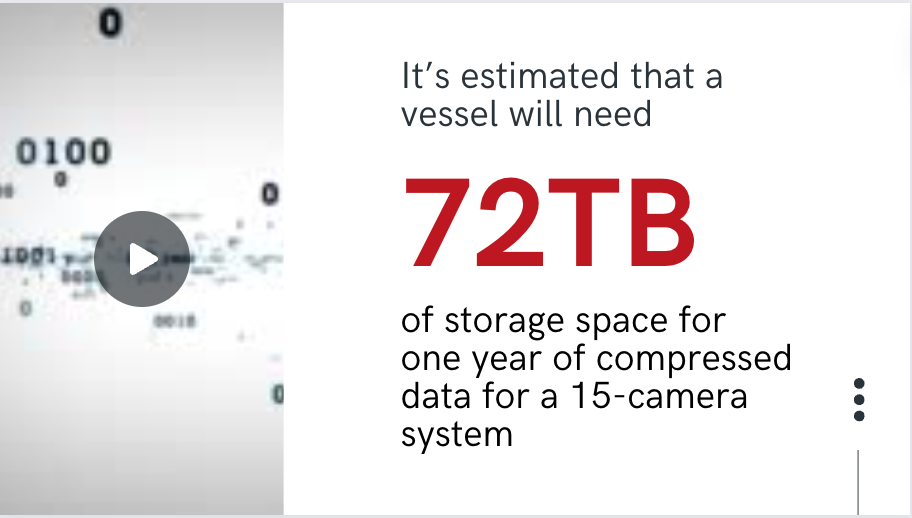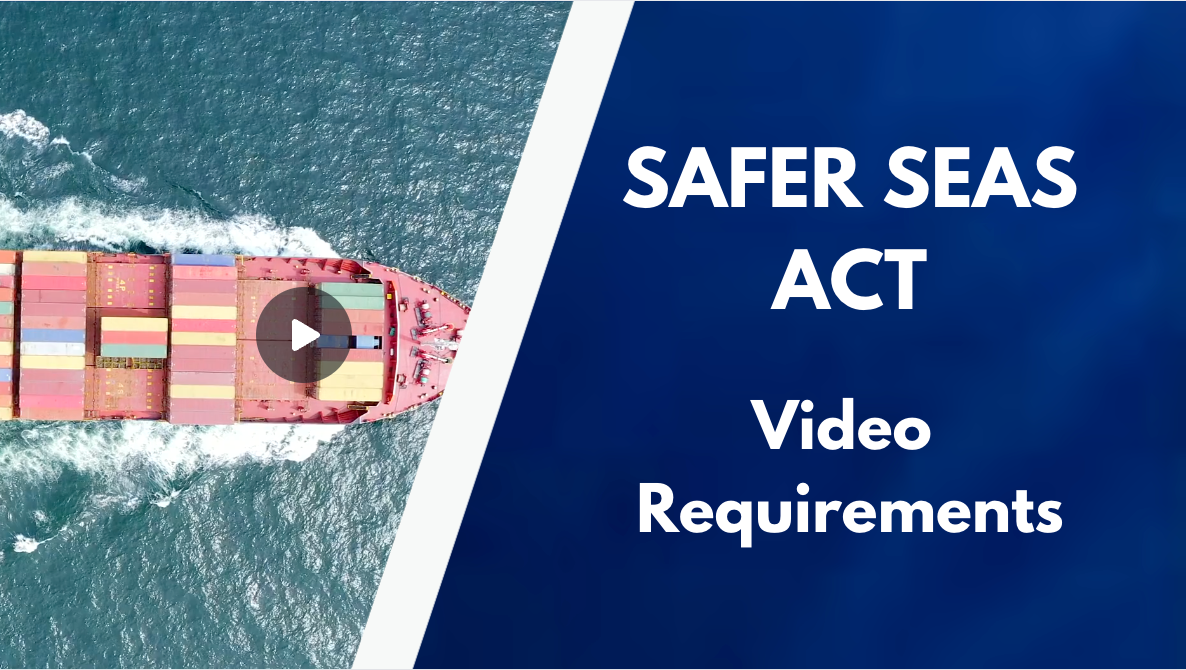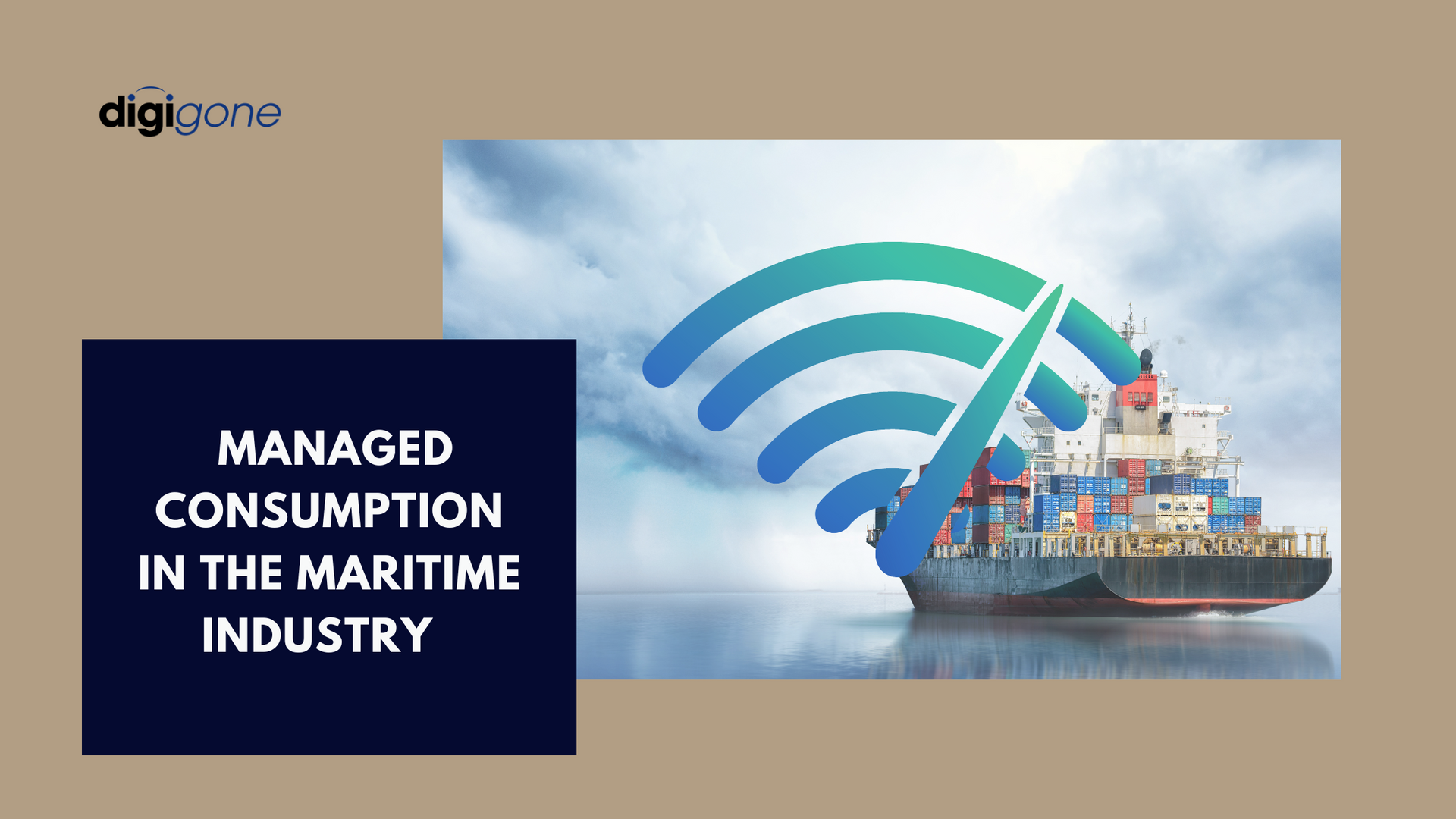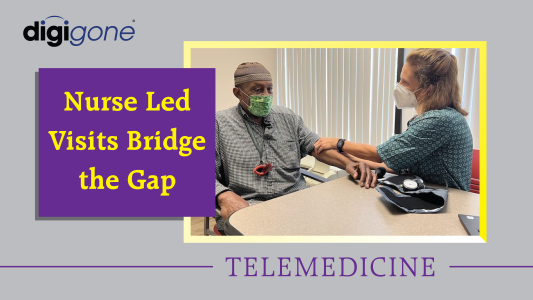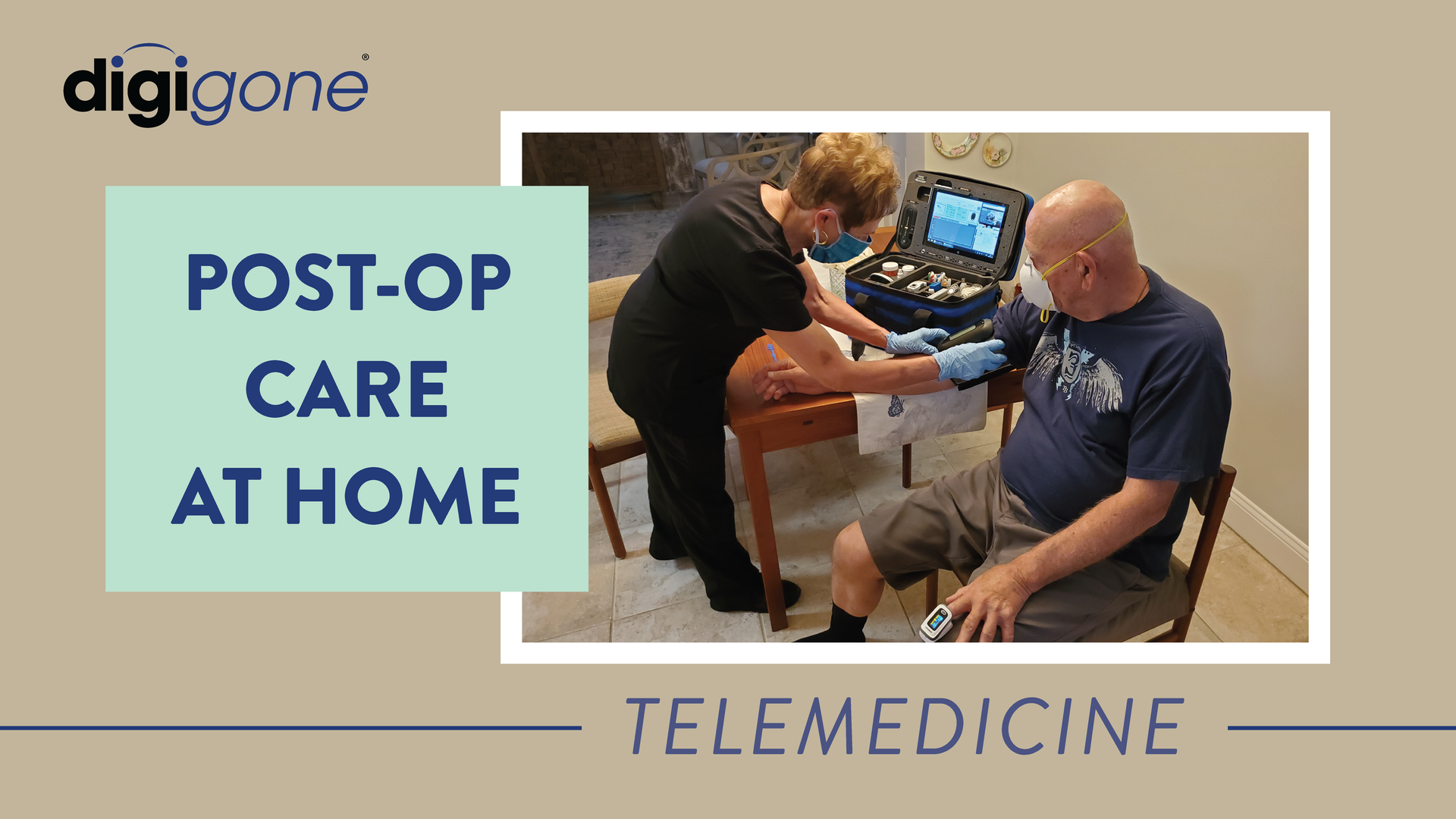Providing Critical Care Anywhere, The Invaluable Use of Portable Ultrasound Machines
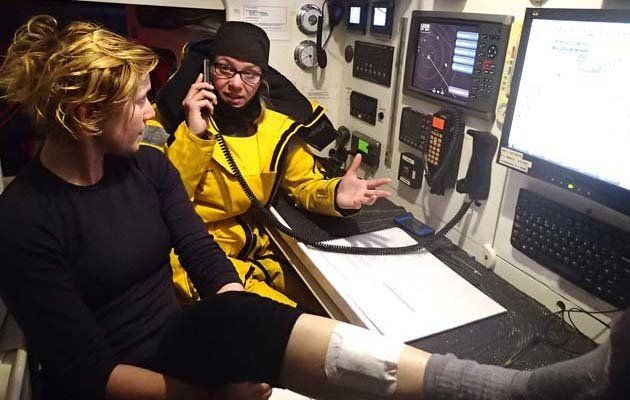
Can you imagine hurtling through space at 17,000 miles an hour, 250 miles above the Earth’s surface aboard the International Space Station, only to discover through pure happenstance that you have a blood clot in an artery in your neck?
Nor can we.
NASA recently revealed that exact scenario played out for one astronaut who was only two months into a six-month mission. The astronaut, whose identity is not being revealed, was participating in a study that involved the use a handheld ultrasound device to examine the effects of weightlessness on blood flow. In the process of conducting the study, the blood clot was discovered.
Fortunately, a doctor was able to treat the astronaut from Earth, as odd as that sounds. Science Daily released the details, including how the blood clot was treated.
“... the astronaut performed ultrasounds on their own neck with guidance from a radiology team on Earth in order to monitor the blood clot. Moll [Stephan Moll, MD, UNC School of Medicine blood clot expert] was also able to speak to the astronaut during this period through email and phone calls.”
It should be noted that Moll did request a ride to the ISS to see the patient but was denied by NASA. Never hurts to ask though, right?
The situation, however, illustrates a very important point: Because they had a portable ultrasound device on board, and the ability to transmit data, they didn’t need the doctor there.
Now, imagine an explorer - not of the heavens, but rather of the ocean blue - with a crewmate or passenger who exhibits symptoms of a blood clot. First, let’s learn a little more about the condition.
About Blood Clots (or Deep Vein Thrombosis)
According to the Center for Disease Control , 900,000 Americans are affected by deep vein thrombosis (DVT), the medical term for blood clots, each year. Of those, it’s estimated that up to 100,000 die from the condition, usually when the clot dislodges and travels to the lungs causing a pulmonary embolism.
Typically clots form in a deep vein in the lower leg, thigh or pelvis, but can also occur in other areas. Hopefully, the clot is recognized through symptoms , such as pain, discoloration and a warm feeling in the affected area, and can be treated with prescriptions.
Unfortunately, there’s no way to predict when a blood clot may occur, although general health, heredity and being stationary for prolonged periods of time are the biggest factors.
A Life-Saving Tool At Sea
With a portable ultrasound device as part of a telemedicine kit , captains and boat owners can mitigate the risks of DVT no matter how far they are from a port. If a crewmate or passenger aboard your yacht starts experiencing symptoms of DVT, images from the ultrasound machine can be transmitted, along with other pertinent information, in real time to a doctor thousands of miles away.
All that is required is a small amount of training and a crew member will be able to use the instrument properly. Then, a specialist can then review the data, assess the patient’s current state of health and provide an accurate diagnosis, allowing the captain and crew to make critical decisions.
Not only could this seriously impact the life of the person experiencing symptoms, but everyone on board will have a greater sense of peace knowing that these types of scenarios can be properly handled.
No matter what frontier you’re exploring.





